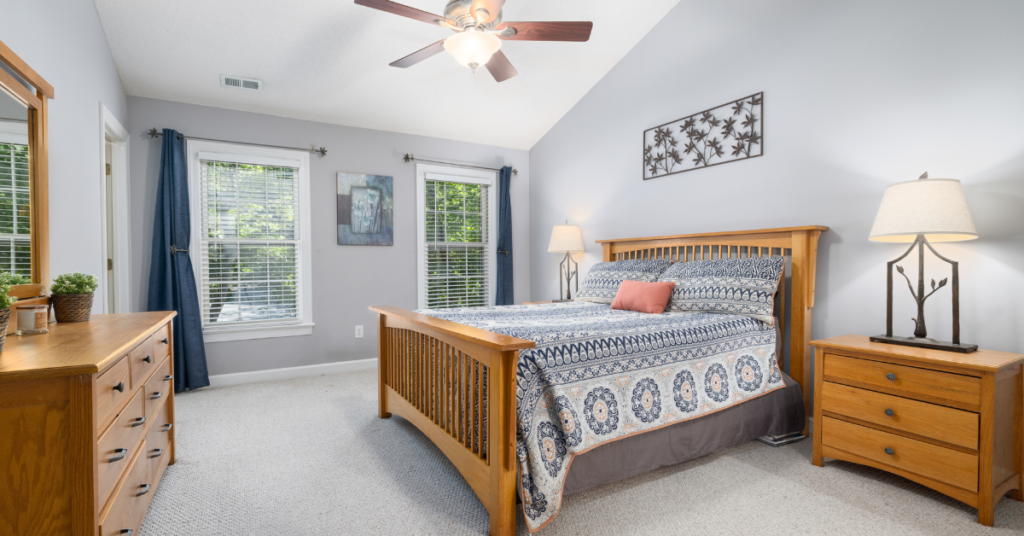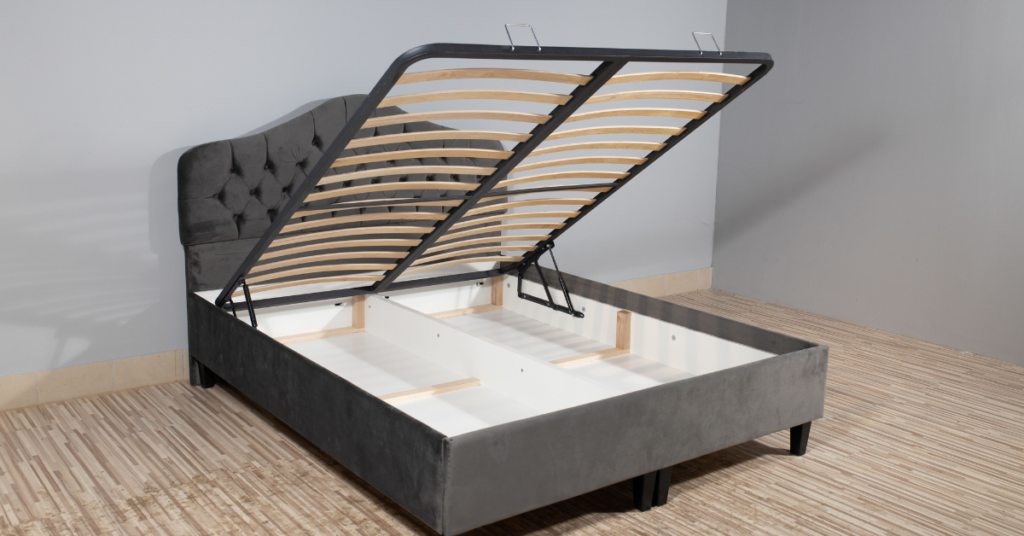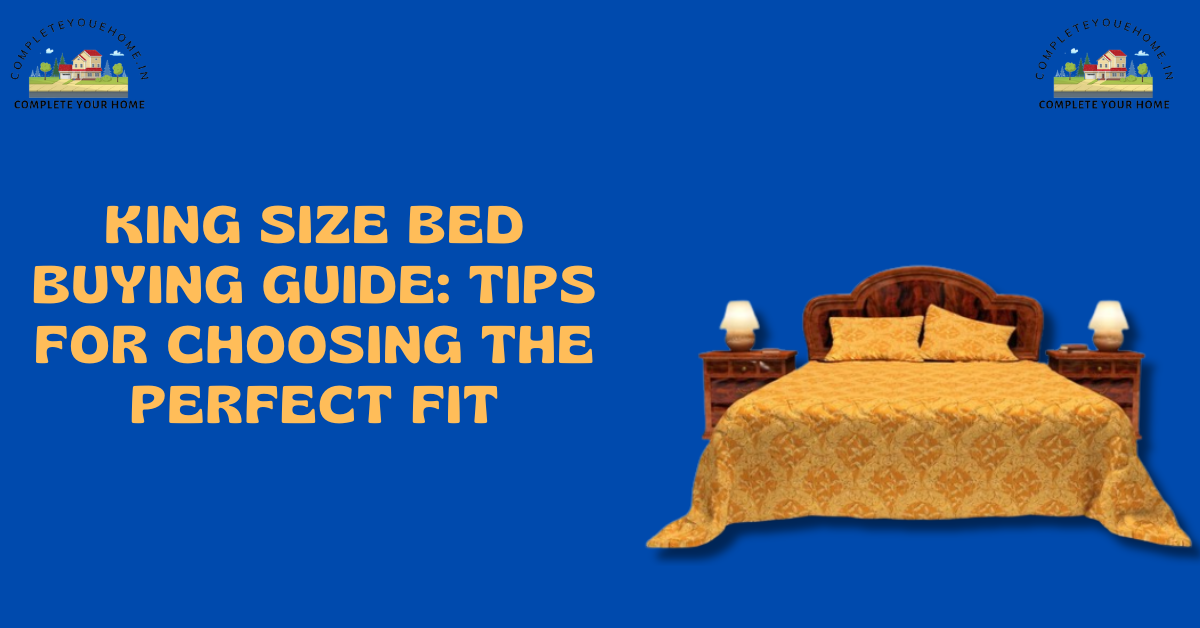Hey there, sleep enthusiasts, Today, I am diving into the world of king size beds – your ticket to a luxurious and spacious sleep haven. If you are considering upgrading to a king size bed or simply want to learn more about them, you are in the right place. Let’s explore everything from dimensions, size, design to storage options, I am here to help you make an informed decision for your bedroom atmosphere.
TG Furniture Solid Sheesham Wood King Size Bed with Hydraulic Storage
Transform your bedroom with elegance and functionality! Explore the TG Furniture Solid Sheesham Wood King Size Bed with Hydraulic Storage – the perfect blend of style and smart organization. Shop now!
King Size Bed Dimensions

When it comes to king size beds, one of the first questions that pops up is about their dimensions. Let’s break it down in both feet and centimeters:
- Standard king size bed dimensions in feet: 76 inches (6.33 feet) wide by 80 inches (6.67 feet) long.
- In centimeters: Approximately 193 cm wide by 203 cm long.
King Size Bed Design
Now, let’s talk about design. King size beds come in a variety of styles to suit every taste and aesthetic preference. Whether you prefer sleek and modern or classic and elegant, there’s a king size bed design out there for you. Some popular options include:
- Platform beds: These feature a low profile design with a solid base, often without the need for a box spring.
- Upholstered beds: Perfect for adding a touch of luxury to your bedroom, upholstered beds come in a range of fabrics and colors to complement your decor.
- Canopy beds: Make a statement with a canopy bed, complete with four posts and optional drapes for a romantic and regal feel.
- Sleigh beds: With their curved headboard and footboard, sleigh beds add a touch of traditional charm to any bedroom.
King Size Bed with Storage

A king size bed with storage is the perfect answer to those who are looking for both comfort and functionality. These beds include built-in drawers option below the mattress, which provide useful storage space for additional bedding, clothing or other things. They not only add storage capacity, but they help to keep your bedroom clean and tidy.
Pros
Cons
FAQ’s
What is a king size bed?
A king size bed is a larger-than-average bed designed to provide ample space for couples or individuals to sleep comfortably.
What is the difference between king size and queen size beds?
The main difference lies in the dimensions. King size beds are wider and longer than queen size beds, offering more sleeping space.
Which is bigger, a king or queen size bed?
A king size bed is bigger than a queen size bed, providing additional width and length for enhanced comfort.
What size bed sheet fits a king size bed?
King size bed sheets are specifically designed to fit standard king size mattresses, typically measuring 76 inches by 80 inches.
Are king size beds larger than double beds?
Yes, king size beds are larger than double beds, offering more sleeping space for optimal comfort.
What are the dimensions of a king size bed?
Standard king size beds measure approximately 76 inches wide by 80 inches long, or roughly 193 cm by 203 cm.
Conclusion
King size beds offer a luxurious and spacious sleep solution, which offer large space for couples to rest comfortably and improve the overall aesthetic look of any bedroom. Besides, their higher cost and space requirements, the benefits of enhanced comfort, durability in design and potential for maximum resale value make them good investment for many people. However, it’s important to consider some potential drawbacks such as space constraints and maintenance requirements so before making a decision. More or less, the choice of a king size bed depends on individual preferences, lifestyle factors and the available space in your bedroom.



Leave a Reply